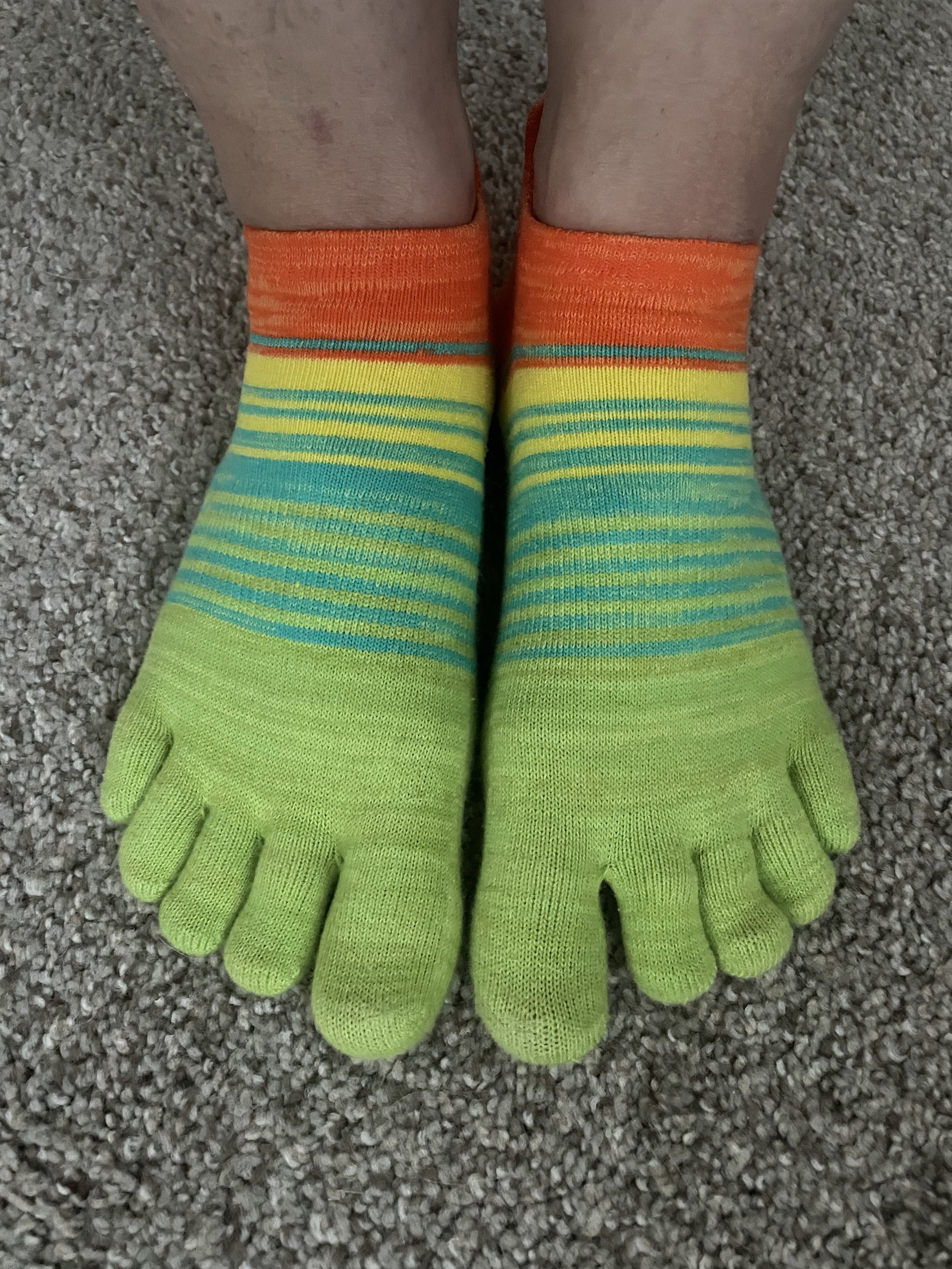Dancer’s Feet: Healthy Habits
If you are a dancer, dance parent or have even seen a handful of movies or documentaries you’ve seen it; you’ve heard it: Dancer’s feet get ruined. Bunions, blisters, callouses, hammer toes, lost toenails, arthritis, toenail fungus, etc. And sadly, a lot of the time this has been true in the past. But is it REALLY the inevitable outcome?
My answer is “not necessarily”. There are a lot of steps we as dancers can take to decrease the long-term risks associated with enjoying the art of movement! Here are 10 things you can start doing today to make a difference in your foot health.
Take off dance shoes between classes/rehearsals
Give your feet a break from the position and compression most dance shoes create. Let them breathe and move without restriction.
Give shoes time to air out between uses
This will help reduce fungus/bacteria growth and help extend the life of your shoes (especially pointe shoes)
Make sure feet are clean/dry before & after dancing
Obvious, right? But shoving sweaty feet back into sweaty shoes isn’t great. Bring a towel to wipe down/dry off between shoe changes. Use baby wipes (or a natural alternative) to clean as needed.
Wear toe socks
Some dancers love them, others struggle with the sensation. Truth is, they operate as mini toe spacers (see next point) to allow your toes natural movement. Socks constrict your feet (as much as 2 shoe sizes!) and the in-between “swamp toe” is really not fun at all.
Use toe spacers every day (during activity)
Toe spacers are often billed as passive options. But the right styles can be worn with activity and will increase the small muscle activation in your feet. This helps to build strength and stability while just doing normal things (walking, cooking, etc)
Wear foot-shaped, flat & flexible non-dance shoes (limit high cushion, extra support or slides/flops)
Despite all the marketing out there, you do NOT need more cushion or support. Our feet are an amazing foundation, but most modern shoes restrict normal function and sensory input. If your feet are sore after dance, try rolling out on a sensory ball or mini roller instead. Also slides/flops… hello hammer toes! Make sure sandals are fixed to your feet.
Go barefoot when you can
Yup. Barefoot is so beneficial. We have as many nerve endings on the bottom of our feet as in the palms of our hands. By going barefoot, you can increase your nervous system control, decrease pain, stimulate relaxation & circulation, improve balance and more.
Toe Yoga!
Seriously— work on those toes! Being able to control your toes independently without rolling your ankle or other compensations means a more stable foundation… especially in relevé or en pointe.
Ankle strength exercises & controlled relevés
You don’t actually need to stretch more. You need more strength than you realize. The average dancer does ~200 jumps in a single class, mostly at the end. This is more than a basketball player will jump in an entire game!
Cross train with Pilates, weight lifting or other sports (barefoot if possible – of course!)
It’s not about dancing more. It’s about developing your body in a balanced and systematic way. Find an instructor, coach, Physical Therapist or other specialist who knows dance and knows it well. Let us help guide you through what ares you need to strengthen and ways to do it.
Lems are one of many brands making foot-shaped, healthy shoes.
There are bands and a wide variety of styles for every age and every occasion!
The reality is more of your week is spent outside of dance activities. Even at a professional level, most training is about 30 hours/week. That leaves ~138 hours left (168 hours in a full week). If your goal is to dance better and dance longer, what you do when you’re NOT dancing matters. How you treat your feet outside of the studio will make a big difference.
Focus on technique and basics. Refit and replace your dance shoes often. Cross-train with activities outside of dance (weight lifting, Pilates, heck even other sports you find fun!). Wear shoes which promote natural mechanics when not dancing. We don’t have great options for dance shoes in many styles (some are out there, but limited), so lets focus on shoes when not dancing as part of the well-rounded part of human life. Make sure you have a local provider who is well trained in dancer needs and doesn’t just give you the quick fixes, but helps you find sustainable answer to keep you dancing for days/weeks/months and even years to come!




